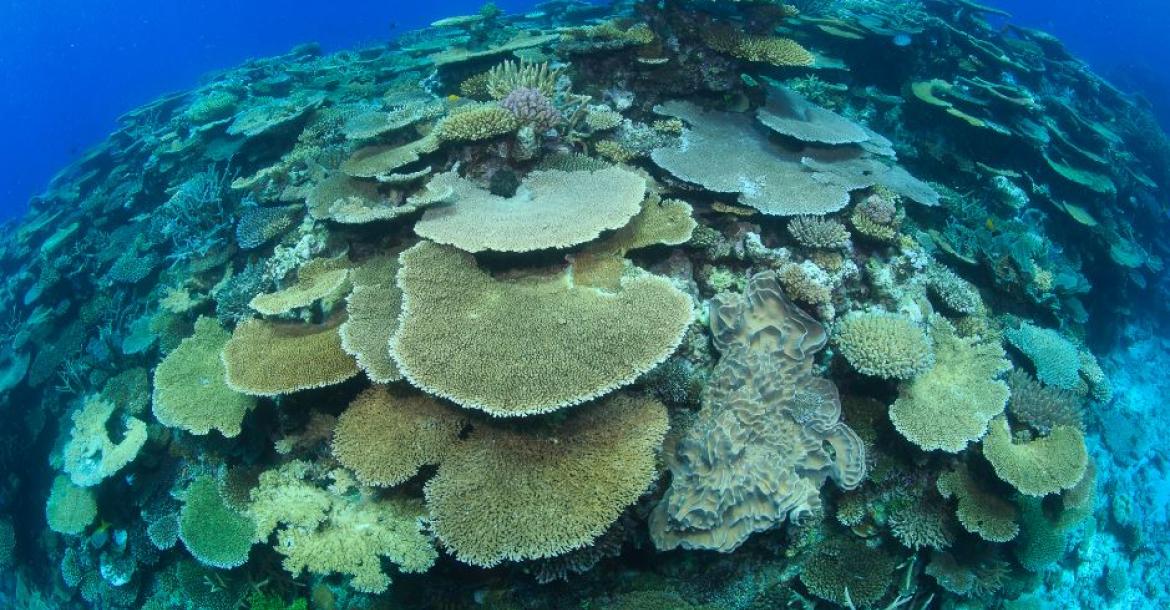Complex reef structures help coral larvae not stray far from home
A new study has revealed that corals create structures that assist their larvae to settle down and establish themselves.
Coral reef habitats that are more complex tend to recover faster than environmental disturbances because such structures create eddies in the current that help their coral larvae settle down and help to rebuild the reef.
“Storms, floods, and coral bleaching damage coral reefs,” said Professor Andrew Baird from the ARC Centre of Excellence for Coral Reef Studies at James Cook University. “As reefs recover from these events, they depend on free-swimming coral larvae to attach to a hard surface, grow, and replenish the area.”
The reef structure comprises nooks and crannies. When turbulence is generated, eddies are created that “catch” the coral larvae as they are being dispersed.
“They can’t swim fast enough to get to suitable settlement sites on their own. Coral larvae depend on the structures that help shape these eddies, otherwise they are essentially lost at sea,” said Prof Baird.
Dr Joshua Madin from Macquarie University added, “Scientists have already shown that more complex reef habitats tend to recover faster after disturbances, but until now we didn’t know why. We’re certain that a large part of this improved recovery is simply that more complex reef structures trap more larvae.”






























